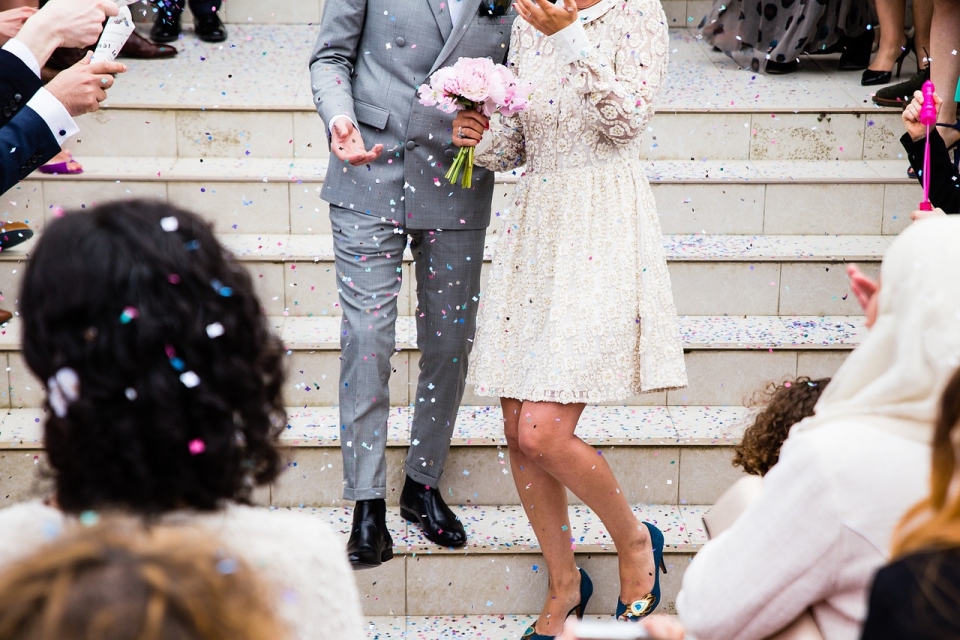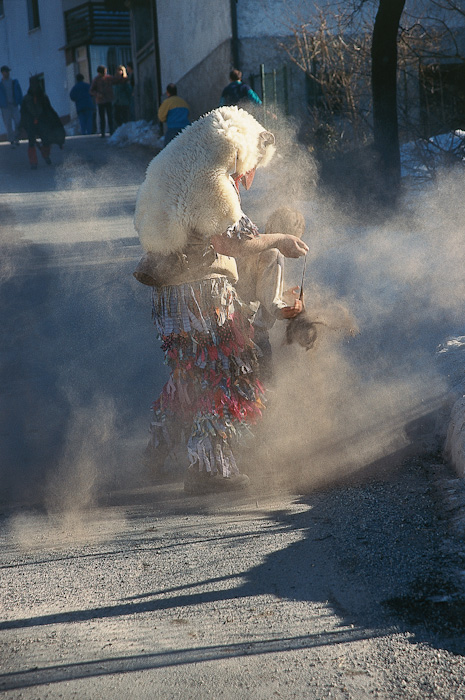Customs and traditions preserve tradition. They represent the human culture and way of life of a place or area. There are everyday and festive customs and traditions. Some are religious, some are nature-related, some are based on historical events, some are purely personal.
Habits are learned and instilled. We stick to them, even if sometimes we don't even question their meaning or the reason for it.
Customs are closely linked to people and nature. They are part of cultural heritage and have symbolic and celebratory meaning in a particular society.
Interesting customs and traditions have developed in the past in rural areas and in areas where literacy was very low. They have developed on festive days of the year, on special occasions in life, on various work occasions and in everyday life. Certain customs and habits were formed at milestones in a person's life, such as birth, marriage and death. In the modern world, customs and traditions have also developed around other important life milestones, such as graduation and meeting Abraham.

Source: Pixabay

Grandparents can tell you that sometimes the first-born boy was named after the father and the first-born girl after the mother. A custom that is very rare today and has not survived. The Gorenjska cradle used to be one of the most important items in the bride's bale. It was painted and beautifully carved. New fathers still toast with friends to the newborn, to prevent hiccups. At baptism, the child is dressed in white clothing, symbolizing purity and innocence.
Even today, in many places, bachelor and bachelorette parties are organized for the future bride and groom before the wedding. But the so-called šranganje - when village boys block the groom's path in order to pay the bride price - is becoming less and less common.
One of the oldest folk traditions is dressing up in characters that drive away winter and awaken nature. There are many different carnival customs and characters in Slovenia: kurenti, drežniške maske, škoromati, cerkljanski laufarji ...
Many of them are still "alive" today and are registered in the Register of Intangible Cultural Heritage,such as the floating of 'gregorčki' (small boats with candles), the cracking of mortars, the making of flower Sunday bunches, the making of Bela Krajina easter eggs (belokranjske pisanice), the visit of St Nicholas, bonfires, jurjevanje (spring festivities)...
Thank you.

